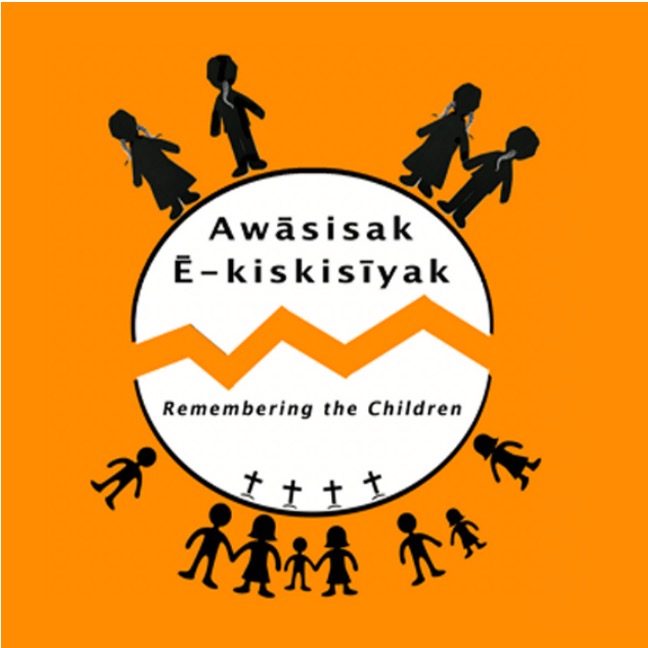SDG 15 Life On Land – Embedding the Sustainable Development Goals in Learning
This blog post is part of a series around the 17 Sustainable Development Goals (SDGs). Each post will dive into one of the goals and how we as educators can strive to embed these into our own courses. It is in the author’s opinion that any course or class can connect with one of the 17 goals or 169 sub-targets. By providing this blog post series, we hope to elicit some ideas of how you might also integrate a global goal into your teaching. Please refer to the USask SDG Teaching & Learning Workbook, review the USask Sustainability in the Curricula website, or scroll down for more information about the SDGs.
![]() SDG #15 aims to promote the sustainable management of forests, combat desertification, halt and reverse land degradation, and halt biodiversity loss. We are reminded that preservation is a verb and requires actions such as reducing deforestation, preventing the extinction of endangered species (plants and animals), appropriately valuing Indigenous insights and needs to the conservation of ecosystems. Instead of responding to issues on a case-by-case basis, taking an ecosystem approach to resource management and environmental protections considers the interrelationships of ecosystems into decision making. Working with decision-makers and diverse stakeholders like farmers, national parks staff, environmental groups and citizens helps introduce a collaborative approach to conservation and creates rich opportunities for experiential learning outside the classroom.
SDG #15 aims to promote the sustainable management of forests, combat desertification, halt and reverse land degradation, and halt biodiversity loss. We are reminded that preservation is a verb and requires actions such as reducing deforestation, preventing the extinction of endangered species (plants and animals), appropriately valuing Indigenous insights and needs to the conservation of ecosystems. Instead of responding to issues on a case-by-case basis, taking an ecosystem approach to resource management and environmental protections considers the interrelationships of ecosystems into decision making. Working with decision-makers and diverse stakeholders like farmers, national parks staff, environmental groups and citizens helps introduce a collaborative approach to conservation and creates rich opportunities for experiential learning outside the classroom.
You might be able to align your teaching to this SDG if you want your students to be able to:
- Compare ecological systems and biodiversity, with reference to local and global ecosystems.
- Identify threats posed to biodiversity, such as habitat loss, deforestation, overexploitation and invasive species.
- Critique destructive environmental practices that cause biodiversity loss (or justify practices that minimize loss)
- Collaborate with local groups and advocate for a life in harmony with nature.
You might consider having your students reflect, share, act in some of these ways:
- Connect with governmental land management agencies to find ways to collaborate on learning activities.
- Check out Canadian Parks & Wilderness Society https://cpaws-sask.org/ and the Canadian Wildlife Federation https://cwf-fcf.org/en . Learn more about campaigns within Saskatchewan to protect ecosystems and biodiversity. See what’s happening within the province and choose an issue to work on.
- Learn which species and ecosystems are endangered in Saskatchewan and have students help find solutions to tracking or monitoring.
Some curricular connections and questions for students might be:
| Media
What important perspectives are needed for a story on environmental issues? |
Oppression and genocide
How does war impact environmental conservation? |
| Environment
How is humanity a part of our natural environment and apart from it? |
Gender politics
How is access to land and land-use a gendered issue? |
| Poverty, wealth and power
How does deforestation, and other forms of environmental degradation, relate to poverty? |
Social justice and human rights
How do vulnerable or marginalized populations experience environmental degradation and/or resource extraction uniquely? |
| Indigenous Peoples
How have Indigenous communities advocated for environmental protection? |
Health and biotechnology
How does environmental degradation impact our health? |
| Peace and conflict
How can we develop a program for peace that includes environmental protection? |
WHAT ARE THE SUSTAINABLE DEVELOPMENT GOALS?
The 17 Sustainable Development Goals — also known as the SDGs or the Global Goals —came into effect on January 1, 2016 following an historic United Nations Summit in September 2015. 193 governments from around the world agreed to implement the Goals within their own countries in order to achieve the 2030 Agenda for Sustainable Development. Over the next fifteen years, with these new Goals that universally apply to all, countries will mobilize efforts to end all forms of poverty, fight inequalities and tackle climate change, while ensuring that no one is left behind.
These new, interconnected goals build on the successes of the Millennium Development Goals, or MDGs, while also identifying new priority areas such as climate change, economic inequality, innovation, sustainable consumption, peace and justice, among others.
Although each country faces specific challenges in pursuit of sustainable development, special attention is given to the most vulnerable countries, in particular, African countries, less developed countries, landlocked countries and small island developing states. There are also serious challenges within many middle-income countries.
For each of the 17 goals, there is a list of specific targets we aim to reach. The targets discussed in this guide have been summarized for ease of reading. For a more detailed list of all the 169 targets, visit GlobalGoals.org.
This content has been adapted from the original by the Gwenna Moss Centre for Teaching and Learning and the University of Saskatchewan from the Manitoba Council for International Cooperation. Users are free to download, copy, print and share this resource as needed, and adapt for their classroom or non-commercial use.
If you adapt or build on this work, please let MCIC or USask know! gmctl@usask.ca
Sustainable Foundations: A Guide for Teaching the Sustainable Development Goals by the Manitoba Council for International Cooperation is licensed under CC BY-NC-SA 4.0. To view a copy of this license, visit https://creativecommons.org/licenses/by-nc-sa/4.0
Original document http://mcic.ca/uploads/public/files-sf/SF-Full-FINAL-WEB-ISBN-2021-EN.pdf

